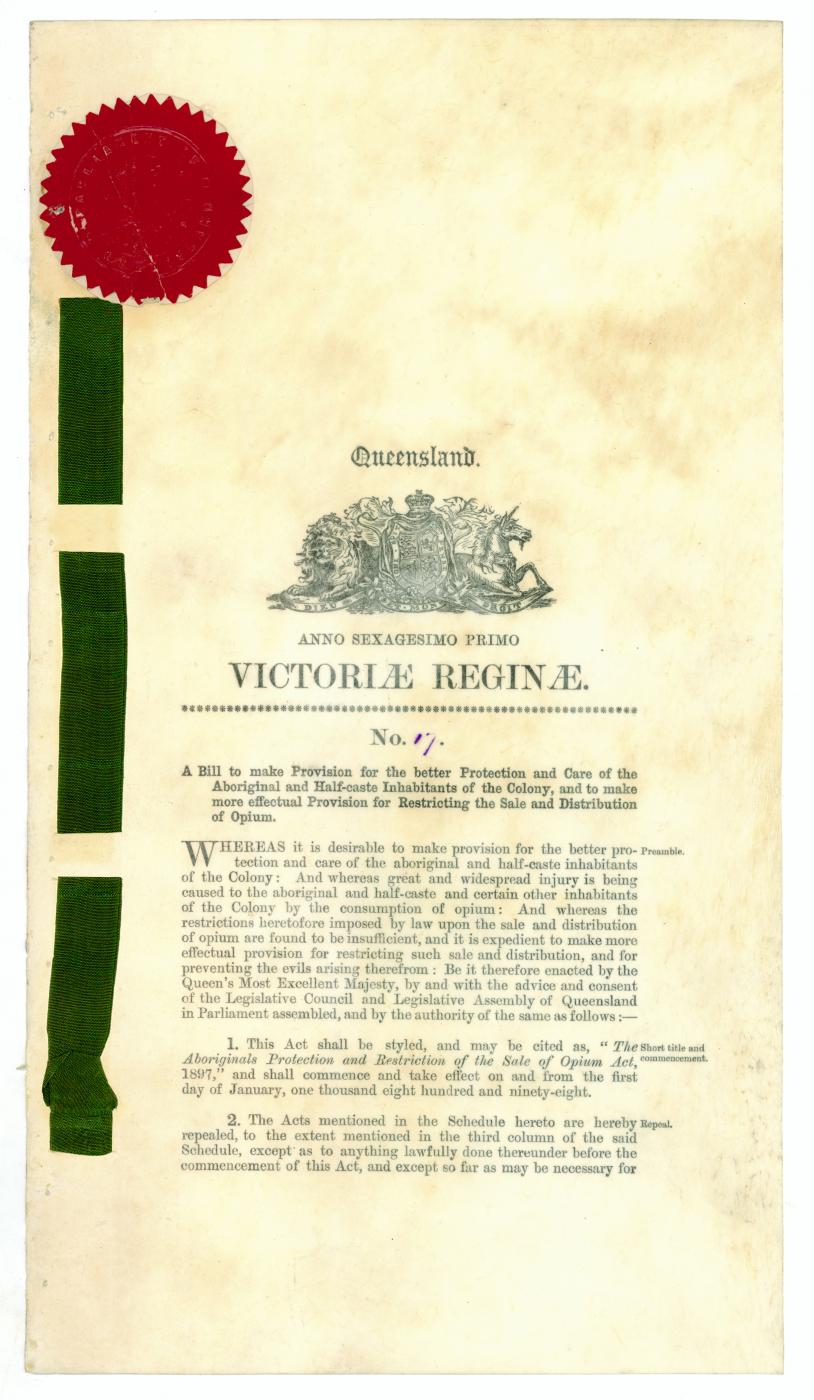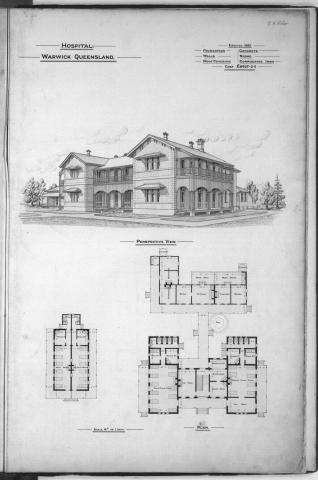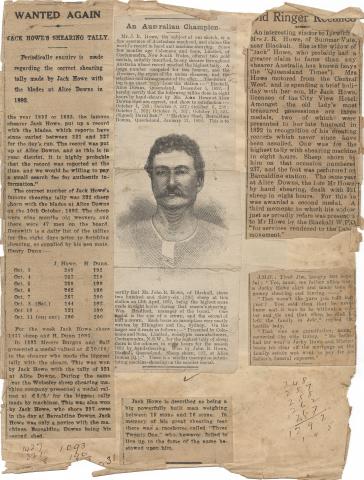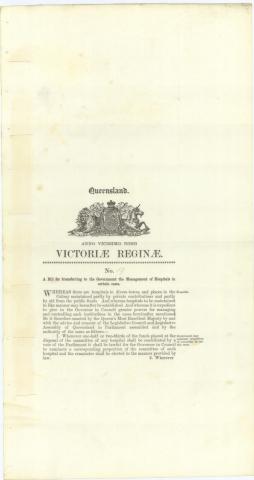
- Background
-
Drawing heavily on the recommendations of Archibald Meston, who became the Southern Protector of Aboriginals from 1898, this legislation gave the authorities virtually full control over the lives of Queensland’s Indigenous people. The legislation also created centralised reserves where Indigenous people could be forcibly removed by the Chief Protector of Aboriginals or his local subordinates. The reserves, on fact, largely operated as labour pools which could be tapped by European employers. The Act did require employers to enter into a written agreement with potential employees in the presence of a Justice of the Peace or a police officer, but the legislation was otherwise extremely oppressive. The only exceptions from its provisions were indigenous people lawfully employed or holders of a permit allowing the recipient to be absent from a reserve; Indigenous women legally married to a non-Indigenous person; and a very small number of Indigenous people who the Minister deemed should not be bound by the legislation. Importantly, this legislation became the blueprint for legislation affecting Indigenous people in Western Australia, South Australia and the Northern Territory and continued to exert a powerful influence in Queensland until recent decades.



